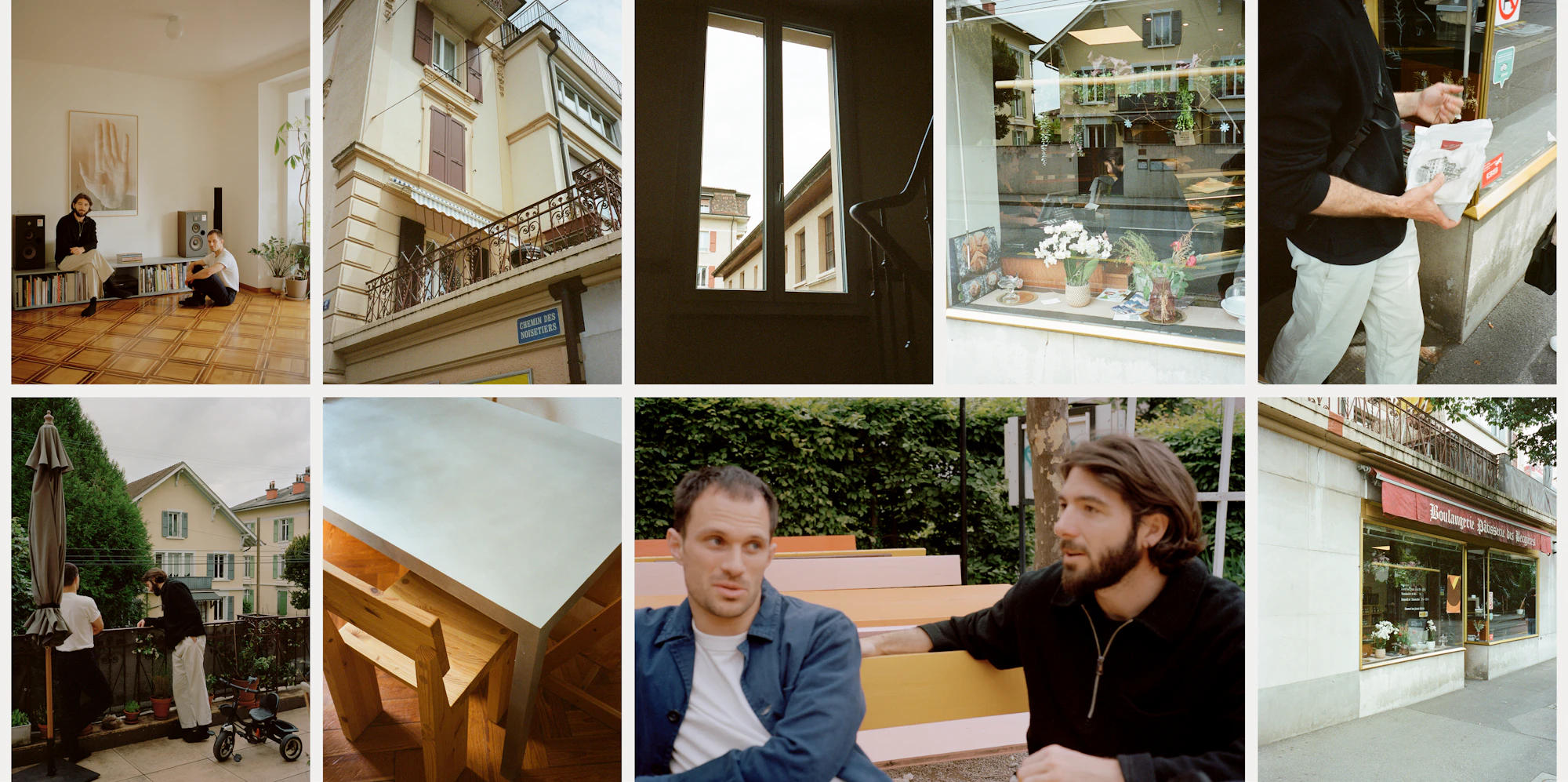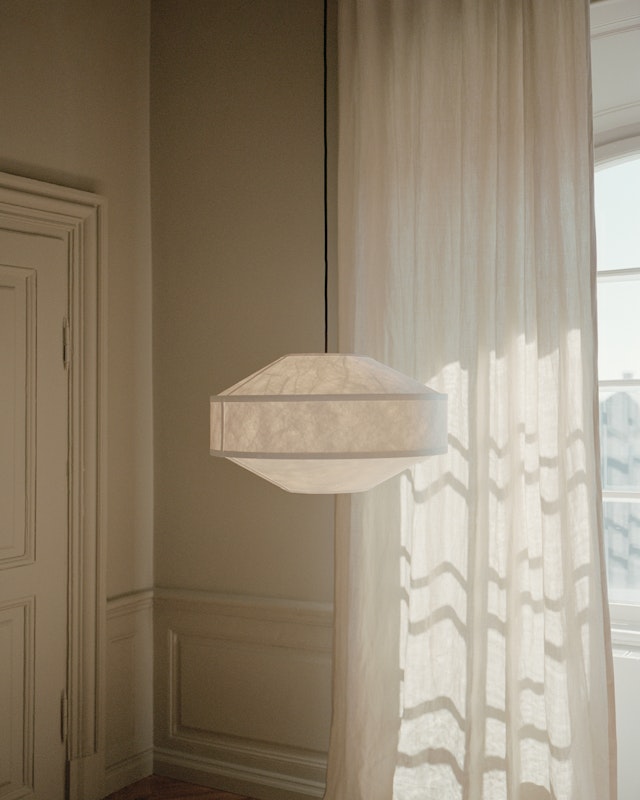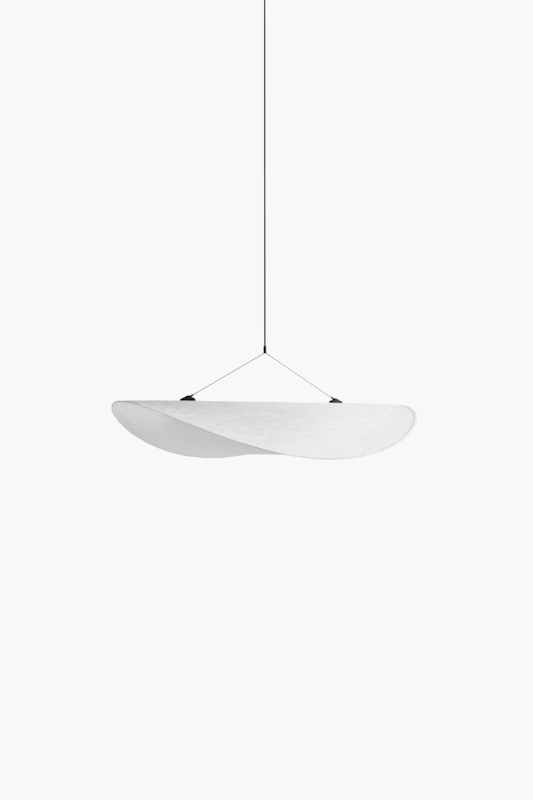In Conversation With Panter & Tourron
One of the design talks during this year's 3daysofdesign was held with Swiss design duo Stefano Panterotto and Alexis Tourron, the creative minds behind Panter & Tourron and the new Kite collection. Just before the event, we journeyed to Lausanne, Switzerland, to visit the duo and delve into the essence of what makes a home.

What are the cornerstones of what makes a home a home for you?
A & S: For us, home means being with the people who make you feel at ease anywhere. It's the little things in life: sitting on the floor on a big carpet while chatting with loved ones, playing with our kids, a room enhanced by soft light, listening to a good record, a window that faces a tree outside, or even a simple flower. Together, these elements complete the feeling of home.
Do you have any favourite object or piece of furniture that you own?
A: The T88 table in aluminium by Maarten Van Severen, made in his workshop in the '80s. It's incredibly timeless and radical. Functionalist yet amazingly aesthetic. It's rare and uniquely crafted—a handmade piece that is quite fragile since it's made of raw aluminium. However, if you treat it well, it acquires the marks and scratches, the patina of time.
S: Probably my sofa system. It's an old vintage German sofa that integrates very well into the architecture of the house—it feels almost built-in. I drove to Germany for 11 hours, back and forth on the same day, to get it together with my girlfriend. We have fun memories from this trip, which will be forever attached to it. It makes it even more precious.
'For us, home means being with the people who make you feel at ease anywhere. It's the little things in life.'

Which qualities do you appreciate most about your own space?
A: The old wooden floor and the quality and detail of the old architecture. S: It has to be the big windows that face the mountains. They create an intimate connection and dialogue between the indoors and the greenery outdoors.
Could you describe a moment when you felt a strong connection to a particular space or object?
A: I've had a lot of beautiful moments looking at the sun reflecting on that T88 table.
S: Looking at the mountains with the first rays of the sun from my living room during the early days of springtime is special. It is a time of the year when the mountain tops are still covered in snow while the rest of nature is blossoming in front of the lake.
Do you follow any specific rituals or practices in your living space to enhance the feeling of home, and do these influence your design decisions?
A: I used to be very messy, but I overcame that in my home by giving everything an assigned place and putting away objects that lack an emotional connection or specific usage. We apply the same principle in our studio, where we keep everything tidy in black boxes carefully labelled with an old-school embossing letter machine. We love the idea of organised archives.
S: I love cooking. It's one of the ways I settle down after work. It truly makes me feel at home.

Is there any sound, music or smell that you connect with the feeling of home? Please tell us about it.
A: I am not so much into perfumes or scented candles; they feel artificial to me like they're trying to mask something more genuine. I love the natural smells of homes themselves. It's hard to describe, but it includes the building itself, wooden flooring, vintage furniture, cooking, or, like in our house, living above a bakery, which means the oven below blesses us with delightful smells every morning. S: I like decorating the space for the senses: the smell of a plant or flowers, lighting a candle in the evening both for its light and scent, or the smell of the fireplace in the wintertime.
From your point of view, please tell us a bit about the importance of lighting and its impact on creating different moods within a home environment.
A & S: Lighting is vital for creating a mood in a space. We are both very attentive to the quality of light we use in our homes, and we love playing with warmth, dimmers, and the number of light sources. As designers, we love creating lamps that we envision in the homes of others–minimal and timeless pieces that can seamlessly fit into various home settings and add something special to the space. We take pleasure in designing these minimal yet beautiful objects that are aesthetically pleasing, whether they are turned on or off.


What challenges do you face in balancing innovation and tradition in your designs to create products that feel both modern and timeless?
S: I think there's always a balance between the function and what you choose to show. You can use modern technology or a new material in a classic manner, making it more natural and tactile. Conversely, something traditional can also be novel and unexpected. The trick is to be mindful and not excessively emphasise innovation but maintain a degree of familiarity, almost a sense of humanity.
A: When it comes to light, the challenge is to only use LED lights when necessary and to avoid falling into the cold spectrum. Both Stefano and I believe that technology is most beautiful when it's hidden, providing comfort or function that can't be achieved in any other way. It shouldn't be the focal point of the object or the main topic of discussion.
Do you draw inspiration from personal experiences or memories of home when designing your products?
A & S: Everything we design is based on analysing our needs, being critical of the subject, and spending a lot of time researching and exchanging ideas within our team.

What do you hope people feel when they incorporate your products into their homes?
A & S: We hope that our design brings them happiness and that they enjoy the pieces and take care of them. We already have so many amazing stories of friends sending us photos of our products from around the world. It means a lot to receive pictures like these of people using our designs or finding them in the most unexpected places. For example, we once stumbled upon a Tense Pendant Lamp in a beautiful wine bar in Taiwan. Another great memory was finding a newly delivered Tense Lamp box in front of our neighbour's door. He had no idea who we were or that we lived on the same street.
Where do you go if you want a really good cup of coffee?
A: Home! You get the tastiest coffee when you grind your beans and make it yourself on a sunny morning. My favourite place in Lausanne, however, is Vaga Bon Café. It's an amazing independent roastery and coffee shop where we usually go to buy our coffee beans. The coffee culture in Scandinavia is also fantastic, and the best experience ever was while travelling in Sweden: a breakfast stop in the morning in a small village by the sea at a place called Lottas Bak&Form.
S: I really like a simple cup of filter coffee in the morning—unpretentious, American style. Other than that, I still find that the best espresso I've ever had is in my hometown. It's in a small bar where they serve hundreds of them every day in the most effortless way, in literally less than a minute per cup.



